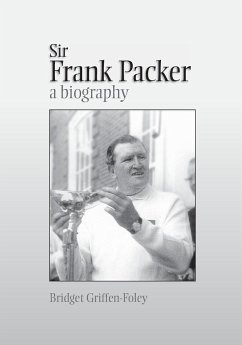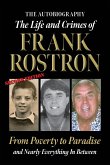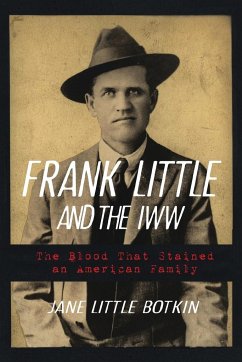Legendary media baron Sir Frank Packer was pugnacious, autocratic and always controversial. After joining forces with Labor politician E.G. Theodore to establish Australian Consolidated Press and the Women's Weekly in the 1930s, his empire grew to encompass newspapers, magazines and the Nine television network. This absorbing biography traces the newspaper career of Frank's father R.C. Packer from Hobart and the outback to the founding of Smith's Weekly in 1919. Overshadowed by his brilliant father, Frank was an academic failure at school and a mediocre cadet reporter. Despite his own lack of promise as a journalist, Frank came to rule the Australian media landscape with an iron fist. He was famous for his spectacular takeover bids and editorial interventions, his closeness to Prime Minister Menzies and his pitched battles with unions. A philanthropist as well as a philanderer, he bullied his staff including his sons Clyde and Kerry. In 1960s Sydney, he jostled with the rising Rupert Murdoch for control of the country's largest newspaper market. A keen sportsman, Frank's first successes were in the boxing ring and on the polo field. In 1962 he mounted Australia's first challenge for the America's Cup in the yacht Gretel, named after his late wife.
Hinweis: Dieser Artikel kann nur an eine deutsche Lieferadresse ausgeliefert werden.
Hinweis: Dieser Artikel kann nur an eine deutsche Lieferadresse ausgeliefert werden.








